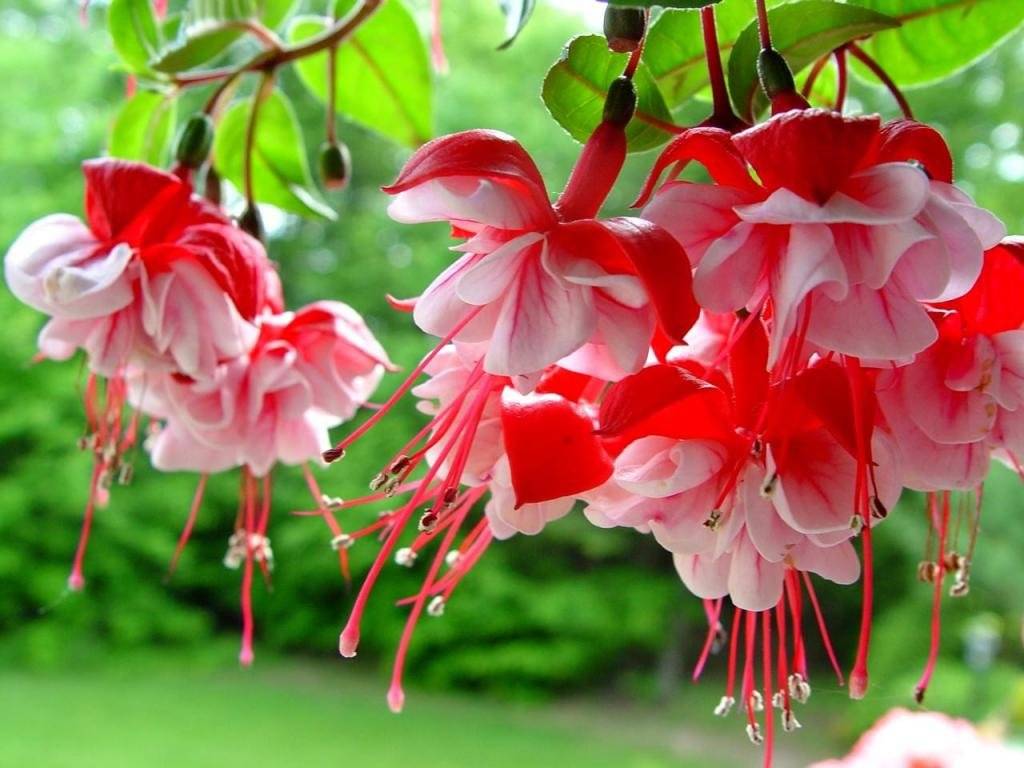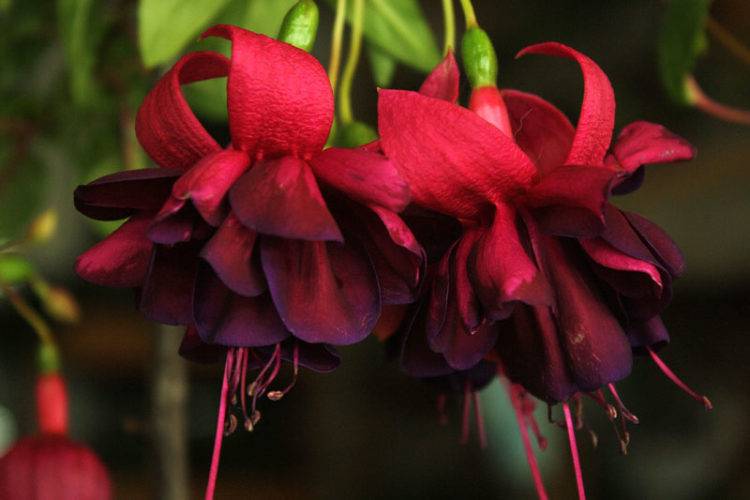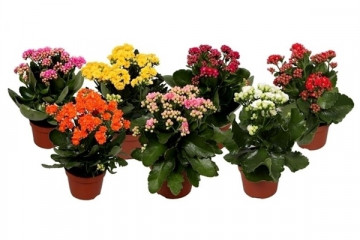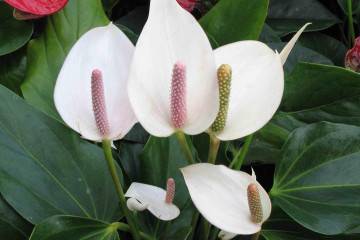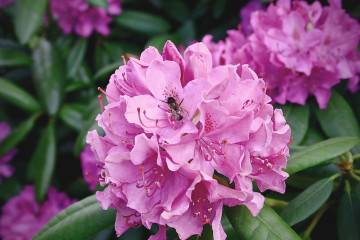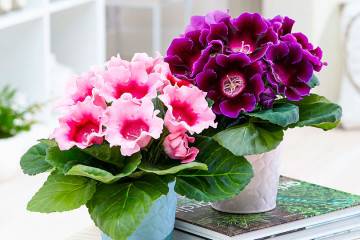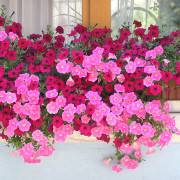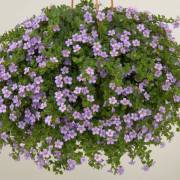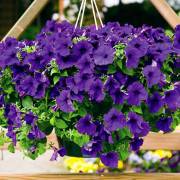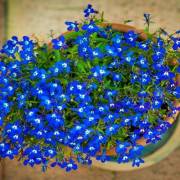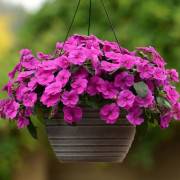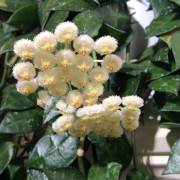Why fuchsia does not bloom - improper care or external factors
Content:
Fuchsia (lat.Fuchsia) is a popular plant that has been grown at home for 200 years. Fuchsia is quite unpretentious in care, but sometimes even experienced gardeners find it difficult to achieve its flowering. What measures should be taken if fuchsia grows poorly and does not bud? You need to start by studying the features of flower care.
Why fuchsia does not bloom at home and what to do
The plant has a long flowering period - from spring to late autumn. There can be many reasons why fuchsia does not bloom - insufficient lighting, too abundant or, on the contrary, poor watering. The incorrectly selected temperature regime, refusal of feeding, as well as the negative impact of pests and diseases on the plant also play a role.
First, it is worthwhile to understand the problems that can be eliminated quickly and thereby make the plant bloom.
Insufficient lighting
The plant loves bright, but diffused light, without a sufficient amount of which the leaves stretch and turn pale, the flowering process stops. Therefore, the flower is placed near the east or west windows. Without exception, all fuchsia varieties love the dim morning sun, and feel great in partial shade.
On the northern windows, the houseplant will give few flowers, and sometimes even stop blooming altogether. In this case, a good solution would be backlighting for at least 12 hours a day using a phyto lamp or fluorescent lamp. Too intense sunlight, as well as insufficient lighting, can also harm the plant.
The southern side of the house is not the best choice, fraught with burns on the delicate leaves. In the summer, the plant feels good outdoors, provided that direct sunlight will affect the fuchsia only in the early morning. In hot times of the day, the plant must be hidden in the shade.
Incorrectly selected temperature regime
A comfortable air temperature is very important for abundant flowering. In summer, fuchsia thrives in temperatures between 17 and 25 ° C. If the air warms up above the specified values, the plant should be taken outside the house and placed in the shade.
In hot weather, fuchsia needs regular spraying. On cool days, the plant needs to shower twice a week, and in hot weather this number rises to twice a day.
Excessively high temperatures are dangerous for fuchsia, it loses leaves, sheds buds and stops blooming. In hot weather, it is recommended to place a container with frozen ice cubes near the pot.
Fuchsia roots also do not like overheating, so quickly heating plastic pots are contraindicated for them. A plant planted in a ceramic pot will flower best.
If the wintering of a flower takes place in an apartment, you should keep the windows open and regularly ventilate the room well, while avoiding drafts.
Lack of moisture
When fuchsia blooms, it needs extra moisture.Therefore, from spring to autumn, the frequency of watering should be every three to four days. It is necessary to water the plant with a soft, settled one when the top layer of the earth is completely dry, and at the same time make sure that the moisture soaks the soil well. Excess liquid is either removed from the pan, or good drainage is used - these measures will help prevent root rot.
It is important to choose the right watering time. It is best to do this in the morning or evening, when there is no heat.
At the end of the flowering period, you can switch to weekly watering, and at low temperatures, twice a month will be quite enough.
Pests and diseases
Sometimes, even with all the nuances of care, flowering does not occur. The reason for this is the defeat of the plant by parasites and diseases. Among the most common enemies of fuchsia blooms are the whitefly, red spider mite and aphids.
The whitefly lays eggs on the inside of the leaf and the larvae begin to feed on the plant sap. The leaves quickly turn yellow, then the buds disappear, and soon the plant dies. It can be saved by periodically washing it thoroughly with soapy water. Plant roots must be protected during flushing. Sometimes you need to resort to buying specialized leaf sprays.
When infected with a spider mite, the leaves and buds of the plant turn yellow and are covered with a thin grayish film. To get rid of a tick, you will have to use professional tools.
To combat aphids, the leaves are wiped with a cotton swab dipped in alcohol and subjected to subsequent treatment with an insecticide. Such measures should be resorted to every three days until the plant is completely healed.
To save a flower, urgent measures should be taken against rust:
- All damaged areas of the plant are cut off with a sharp object, which is then disinfected.
- The plant is washed with a solution based on laundry soap.
- At the end, the flower is treated with special means.
Long-term misses
Wintering at elevated temperatures has a bad effect on the plant. If fuchsia is kept at temperatures above 10 ° C in winter, it will actively grow in the cold season. As a result, the branches of the plant become unnecessarily long and weaken. It is hardly worth counting on blooming in the spring under these conditions.
Closer to the end of the growing season, the flower should be pinched, ridding it of sick, damaged and too long branches. These actions will help the growth of new kidneys.
There are other factors that flowering depends on. That is why you need to know about all the features of a plant - this is the only way to ensure its full growth and development.
Pot too big
It is necessary to transplant fuchsia in early spring in a container that is adequate in size to the root system. A very spacious pot will prevent the flower from building up the strength of the root system and postponing the flowering process for a long time.
Top dressing
Fertilizers help to raise the plant's immunity by stimulating its active growth. At the same time, an excess of nitrogen-based fertilizing can cause vigorous growth of leaves in a plant. In this case, the need to release flower buds is unlikely to appear.
Unsuitable soil
For planting, you need soil rich in trace elements, containing humus and loosening substances (for example, coconut fiber). It is important to sterilize the soil before use to get rid of bacteria and weeds.This can be done with the help of high temperatures, or, on the contrary, by influencing the cold.
When preparing, special attention should be paid to the correct proportions. Too light soil will lead to a thinning of the earthen coma, and the root system of the plant will stick around the walls of the pot. If the soil is too heavy, the white fuchsia roots will not be able to supply moisture from the soil to the stem of the plant, and the roots will soon rot.
How to help a plant to bloom
For lush flowering, fuchsia must be regularly fertilized with organic minerals.
How often you should use top dressing is a moot point. Different sources recommend a different frequency of fertilization during the active flowering period: from once a fortnight to five times a week. Much depends on the type of feeding and the variety of fuchsia, but in general, flower growers recommend adhering to the rule - it is better more often, but less.
It is not customary to feed young cuttings - after all, their root system is not yet developed. It is also dangerous to feed a plant that has just been transplanted - an adaptation period of three weeks should be maintained.
In order for a flower to bloom magnificently at home, it is fed in two ways:
- Foliar dressing is carried out by spraying the lower part of the leaves with stimulating agents, such as Epin or Zircon. This will protect the buds from dropping and will have a beneficial effect on the quantity and quality of flowers.
- Enrichment of soil with useful substances. The decisive factor in choosing the right fertilizer is the development phase of the plant. Young shoots like feeding with a high nitrogen content. When the plant blooms, formulations with phosphorus and potassium, which have a beneficial effect on the appearance of the buds, will be an excellent choice.
In order for fuchsia to gain strength and bloom profusely, for the winter its stem is shortened by a third, removing the remaining buds and flowers. The dormant period lasts, as a rule, until early spring, then the plant is transplanted.
For the formation of a spectacular crown in the future, the largest stem and several branches are selected, which are pinched at the desired height, after which they begin to transplant. Observing these simple conditions, you can expect flowering in a few weeks.
To enjoy the lush bloom of fuchsia from April to October, there are a number of important rules to follow. The correct wintering conditions, timely pruning before the flowering season, the right choice of soil and pot, abundant watering and sufficient illumination, as well as protection from diseases and pests, will help to grow a beautiful flower that delights the eye with an abundance of strong buds.
